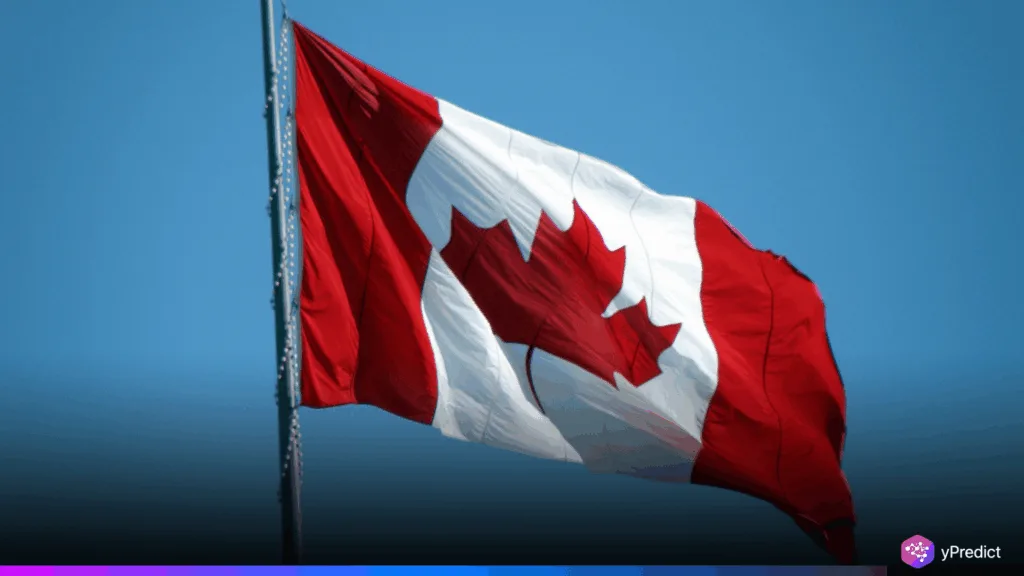
Markets are closely watching May’s Canada CPI, which is expected to rise 0.5% monthly after falling 0.1% in April. Although annual inflation is predicted to remain at 1.7%, uncertainty has grown. It is because of concerns about the effects of the US tariffs and rising costs. The Bank of Canada’s (BoC) stance on future interest rates may alter as a result of this data. Thus, a fluctuating Canadian dollar and contradictory economic indicators have only made the pressure worse.
Canada CPI Rebound May Reflect Early Tariff Risks
The monthly change might be a sign of increasing price momentum. However, the annual increase is expected to stay at 1.7%. Another issue is the potential for continuous inflation. Additionally, U.S. tariffs are gradually affecting domestic prices.
The BoC’s preferred measure, core inflation, increased 2.6% year over year in April. Furthermore, the central bank is closely watching both headline and core trends to guide future interest rates. Because of the potential for inflation surprises, markets and policymakers are at high stakes during this release.
How Markets Might React to an Inflation Shock
USD/CAD surged to 1.3800 at the start of the week, marking a four-week high. According to analysts, the Loonie may benefit from a stronger CPI print. In particular, it will occur if traders expect the BoC to take more cautious action. However, a drop in inflation might cause the pair to drop back toward its June low of 1.3538.
However, a higher CPI figure isn’t always a sign of good news. It might indicate more serious cost pressures that are affecting company margins if it is caused by the tariff impact. Because it is difficult to isolate these external effects, Governor Tiff Macklem now mainly relies on indicators and company surveys. These indicators already point to rising input costs, which could be a sign of future headline inflation.
The Board of Governors needs to be cautious. Because price pressures and economic growth are still volatile, there is a greater chance of mistakes. Thus, the next few weeks could be very important for the economy and the currency markets’ future.
BoC Takes Cautious Stance on Inflation Outlook
Early in June, the Bank of Canada maintained its policy rate at 2.75%. It has chosen to fully assess the impact of tariffs before taking any action. Additionally, since June 2024, it has already reduced borrowing costs by 225 basis points. However, it remains concerned about tightening trade conditions.
Markets now project a 45% chance of a rate cut in July. Additionally, by the end of the year, another 36 basis points of easing is expected. If core inflation doesn’t decline, a stronger CPI result might compel the BoC to pause. The direction of interest rates for the time being depends on how much tariffs impact the economy.
Final Thoughts
The next Canada CPI report will have a significant impact on markets and policymakers. Although indications of cost increases are growing, it is still unclear how much of an impact the tariff will have. Furthermore, May’s data may set new expectations for the remainder of 2025, given the interest rate landscape and the BoC‘s pursuit of equilibrium.
A stronger-than-expected reading may delay any immediate monetary easing. In contrast, a weaker print may allow the central bank to act. In any case, when investors reevaluate the risks of inflation and growth, market volatility is probably going to rise.







